Wisconsin's Covid Condition: Hospitalizations Skyrocket with Delta
A nationwide surge of infections driven by an extremely contagious coronavirus variant is prompting hospitals around the state to care for a new wave of patients, nearly all of whom aren't vaccinated.
By Will Cushman
August 13, 2021
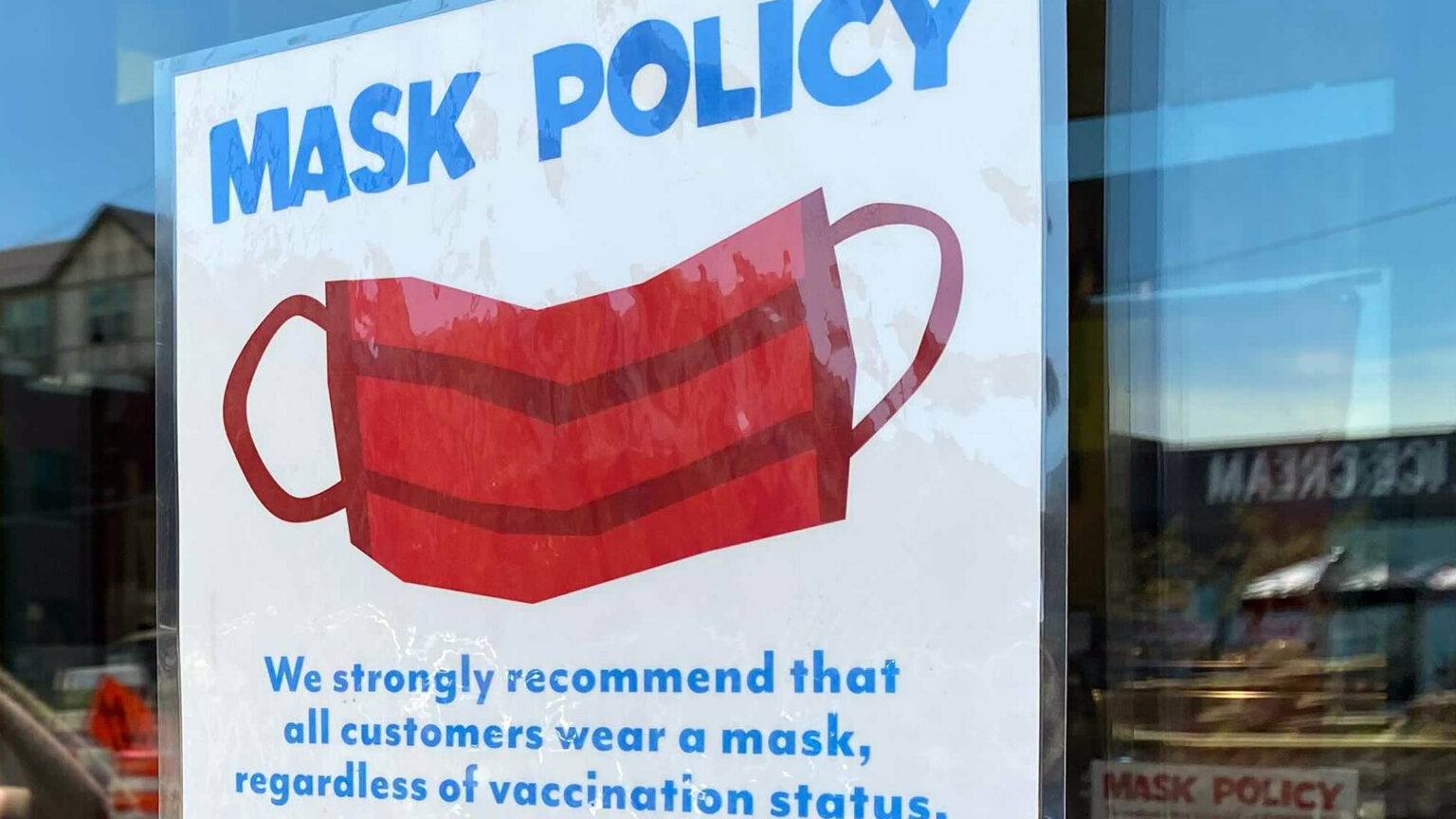
As the Delta variant of COVID-19 spreads rapidly in Wisconsin, a sign on the door of a coffee shop on the west side of Madison on Aug. 13, 2021 urges customers to wear a mask whether or not they've been vaccinated. (Credit: Will Cushman / PBS Wisconsin)
Belying a widespread public embrace of the hope that COVID-19 was receding as a serious health risk, the threats posed by the pandemic have raced back into prominence in the dog days of its second summer.
Hospitals across Wisconsin are reopening COVID-19 wards as serious cases of the disease swiftly climb to levels not seen since early February 2021. The extremely contagious Delta variant is behind yet another surge that’s primarily affecting the nearly half of Wisconsinites who remain unvaccinated. Health care providers and public health officials have been gearing up for another round of fighting the coronavirus, pleading for more people to get vaccinated and re-embrace practices like masking and distancing. Here’s the status of the COVID-19 pandemic in Wisconsin.
A prolific variant
“We are no longer in a fight against COVID-19. This is now a fight against the Delta variant,” said Gov. Tony Evers during an Aug. 12 press briefing.
Signaling the increasing concern over this latest surge in cases and hospitalizations, the briefing marked the first time in three months the governor joined state health officials to implore Wisconsinites to get vaccinated and heed recommendations on masking, distancing and hygiene practices that have previously proven to be critical in slowing the coronavirus.
The state government’s COVID-19 response has largely taken the form of recommendations and advisories in the spring and summer of 2021. Efforts by the governor and state health department to curb the virus by mandating mask-wearing in public and other measures have been stymied by lawsuits from the Republican-controlled state Legislature and a conservative majority on the state Supreme Court.
The resulting requests to wear face masks in indoor public spaces extend to fully vaccinated people in areas with higher levels of virus transmission. The recommendation followed investigations by scientists at the Centers for Disease Control and Prevention have found that fully vaccinated people who become infected with the Delta variant — in what is known as a breakthrough infection — are likely contagious and able to transmit the virus to others, even if they have mild or no symptoms.
Community transmission is high enough in 69 out of Wisconsin’s 72 counties to qualify for the CDC’s universal masking recommendations as of Aug. 13. That’s nearly double the 35 counties in that range two weeks earlier.
While scientists continue to learn about the Delta variant, one thing is for certain: It is much more contagious than the original coronavirus strain or other variants that have swept through Wisconsin.
“The Delta variant is a whole new game,” said Julie Willems Van Dijk, deputy secretary of the Wisconsin Department of Health Services, during the Aug. 12 briefing. Willems Van Dijk described the variant’s transmissibility in terms of how many others an infected person is likely to pass the virus on to compared to someone infected with the original strain.
People infected with that initial type of the virus passed infections on to an average of two people, she said, while those carrying the Delta variant spread it to five people on average. As a result, the chain of transmission with the Delta variant balloons out of control much more quickly.
The variant is believed to be behind recent outbreaks in the state tied to large public gatherings, including a powwow in Forest County and NBA Finals celebrations in Milwaukee’s Deer District.
“You can easily see how this variant will spread like wildfire,” Willems Van Dijk said. “As the weather changes and more people move indoors, the virus will spread even more rapidly. If you are unvaccinated and exposed, it’s not a matter of if you’ll get it — it’s when.”
Vaccinations accelerating again — barely
While medical caregivers and health officials continue to push vaccinations as the most effective way for individuals and communities to protect themselves, state health department data show that a modestly higher number of Wisconsinites have been getting shots in early August compared to those doing so in July.
The 7-day average for the daily number of doses administered in the state topped 8,000 between Aug. 7-9 for the first time since late June. The average, which had hovered between 5,000 and 6,000 for most of July, has been above 7,000 since early August.
The rise in daily vaccination is occurring as new data comparing infections and disease outcomes between vaccinated and unvaccinated people crystallizes just how protective — if not perfect — the vaccines are.
According to the Wisconsin Department of Health Services, between Jan. 1 and Aug. 4, 2021, there were more than 153,000 confirmed cases of COVID-19 among unvaccinated or partially vaccinated people around the state, compared to 5,075 cases in fully vaccinated individuals. Over the same period, more than 6,800 people who weren’t fully vaccinated were hospitalized for COVID-19, compared to 313 fully vaccinated people. There were 1,285 COVID-related deaths among unvaccinated or partially vaccinated individuals in the state during the period, compared to 35 deaths among fully vaccinated people.
“The vaccine continues to be the best tool to keep our communities safe,” stated agency spokesperson Elizabeth Goodsitt in an email accompanying the data. “As the Delta variant spreads, it is key to focus on the most important aspect of the vaccines — that they are extremely effective against serious disease, hospitalizations, and death.”
However, with 47% of state residents remaining unprotected, the pace of shots in August has nevertheless remained far lower than where it was in the spring, when tens of thousands of Wisconsinites were being vaccinated every day over multiple months.
Disparities in vaccination rates based on race, age and geography remain pronounced.
More than half of the state’s Asian residents have received at least one dose of vaccine, compared to just under 50% of white residents, 41% of Hispanic residents, nearly 37% of Native Americans and just under 30% of Black residents.
Only about a third of residents ages 12 to 15 have received at least one dose, while rates steadily rise with age to a high of 85% among residents 65 and older.
Among counties, Dane and Door continue to lead the state in vaccinations, with Dane being the only one in the state with a rate topping 70%. Dozens of mostly rural counties have vaccination rates below 50%, with fewer than 30% of residents in Taylor County, northwest of Wausau, beginning vaccination. These patterns in vaccine uptake have persisted for months.
While many Wisconsinites continue to eschew the vaccines, UW Health announced on Aug. 12 it would participate in a clinical trial of the Moderna vaccine for children ages 6 months to 11 years old. No COVID-19 vaccines have yet been approved for children younger than 12. Locally, 80 children will take part in the 14-month study that aims to enroll 12,000 children nationally.
Meanwhile, also on Aug. 12, the U.S. Food and Drug Administration authorized a third dose of the vaccines produced by Pfizer and Moderna for some immunocompromised people. The authorization means solid organ transplant recipients and some others with weakened immune systems will be eligible to receive an immune-boosting third dose of vaccine. The CDC’s independent vaccine advisory committee unanimously approved the FDA’s authorization on Aug. 13.
The move comes as the Delta variant’s extreme transmissibility makes clear that even areas with high vaccination rates are seeing disease activity spike in recent weeks. These include Dane and Door counties, where local public health officials are once again urging all residents to wear face masks in public at the same time that a growing number of hospitals and healthcare systems and other businesses require employees to get vaccinated or return to universal masking policies.
In Milwaukee, where about half of residents are vaccinated, Summerfest organizers announced that visitors to the music festival would be required to show proof of vaccination or a recent negative test result. Many businesses in the city are also returning to masking rules that they had loosened only a couple months earlier.
In the state’s second largest metro area, both the city of Madison and Dane County announced Aug. 10 that employees would either need to be vaccinated or be tested weekly for COVID-19.
A few days earlier, state employees were once again required to wear masks at state offices, regardless of vaccination status. In response to a question at the Aug. 12 briefing about whether state employees would be subject to a vaccine mandate, Evers said he would make a decision “within the next week.”
During that briefing, Gov. Evers did express support for healthcare systems mandating vaccines for their employees days after about 150 people protested the requirements at the Capitol in Madison.
“There’s no misunderstanding on anybody’s part that there are people that don’t want to be vaccinated,” Evers said. “But our health care institutions are at a critical point, and I support their decisions.”
Willems Van Dijk added that health care systems regularly require their employees to receive an annual influenza vaccine, as well as vaccines for other preventable infectious diseases like chickenpox, measles and mumps.
“It’s one of the responsibilities of a health care system to create a safe place for patients to be cared for,” Willems Van Dijk said.
Hospitalizations rising with cases
Organizational vaccine mandates are being announced amid a backdrop of rapidly rising COVID-19 hospitalizations in many parts of Wisconsin, with admissions rising particularly quickly in the southeast part of the state.
As of Aug. 12, the number of people requiring inpatient treatment for COVID-19 hit 600 for the first time since Feb. 3, 2021, according to data reported by the Wisconsin Hospital Association. Nearly half of those patients are in a nine-county region centered around the Milwaukee metro area, where the Delta variant has caused new cases to grow for a month.
By mid-August, the variant is almost exclusively driving rising cases and hospitalizations across the entire state, according to variant surveillance being conducted at the Wisconsin State Laboratory of Hygiene and other labs. This situation is prompting hospitals around the state to reopen wards dedicated to treating COVID-19 patients, which they had previously closed following 2020’s waves of infections.
With testing for the coronavirus on the rise again in the state, the statewide 7-day average for new confirmed cases sat at 1,104 as of Aug. 11, up from 780 at the beginning of the month, amounting to a more than a 40% increase. Hospitalizations more than doubled across the state over the same period.
The 7-day average for COVID-related deaths, a lagging pandemic indicator, ticked up from one to two on Aug. 10, where it remained the next day. While the average remains low compared to most points during the pandemic, it had hit zero for a period in July.
Another change from previous pandemic surges is the growth of pediatric cases of COVID-19, including more severe infections that require hospitalization. A large majority of children in the state remain unvaccinated, including all children younger than 12, as the new school year looms.
 Passport
Passport




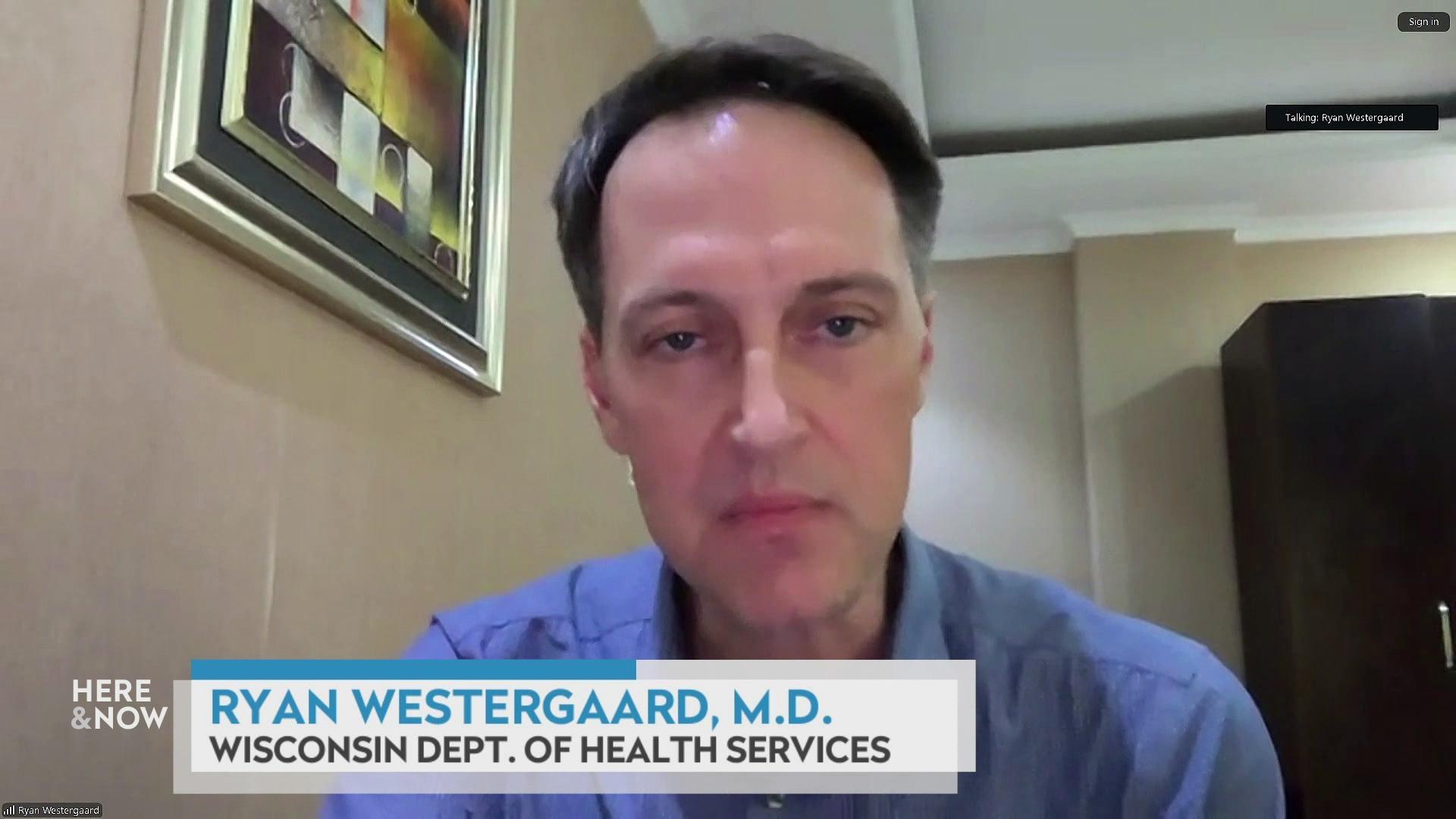
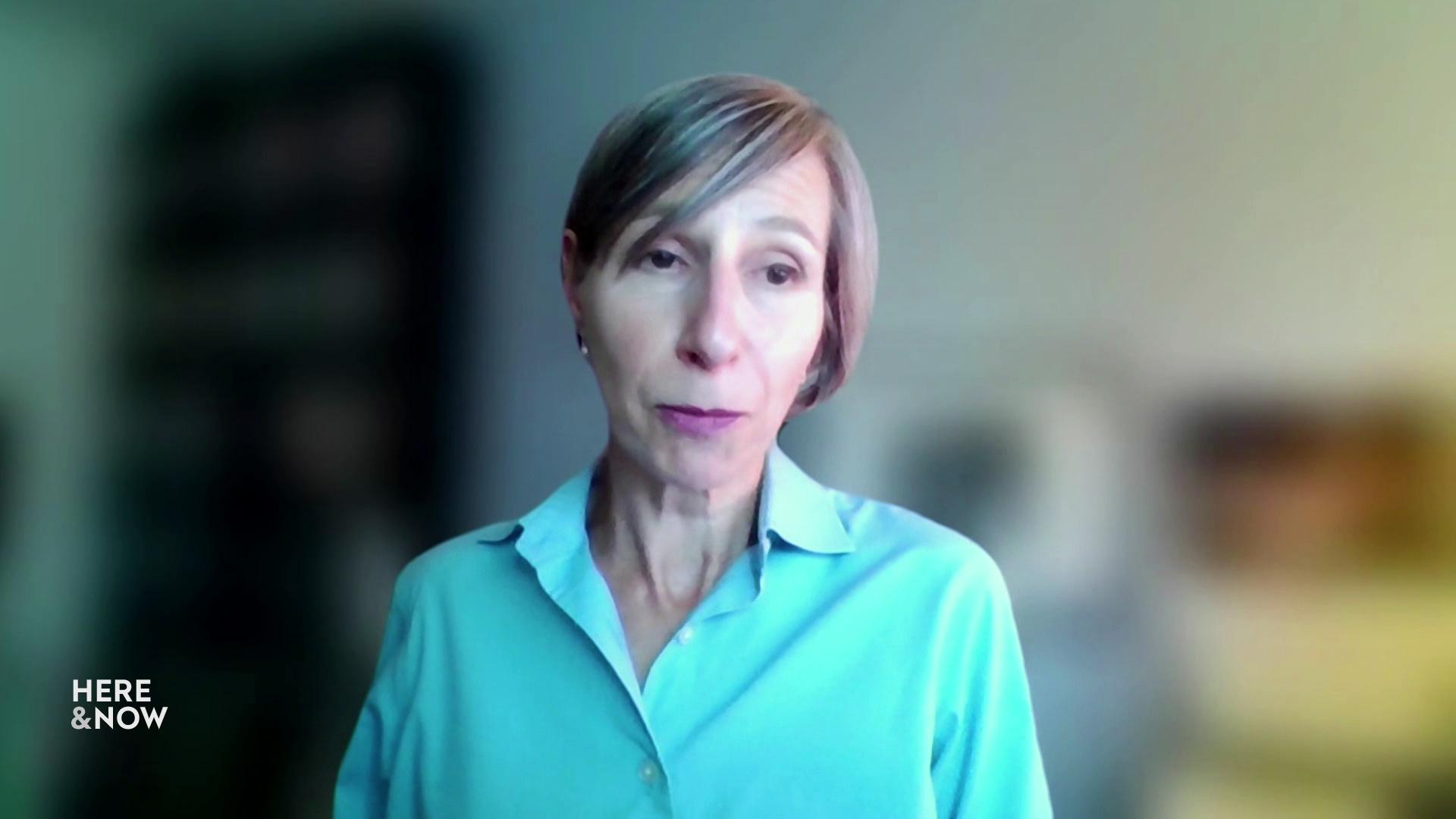
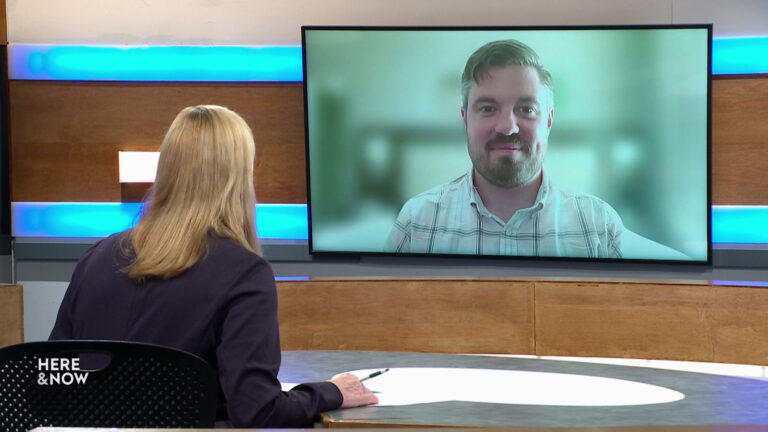
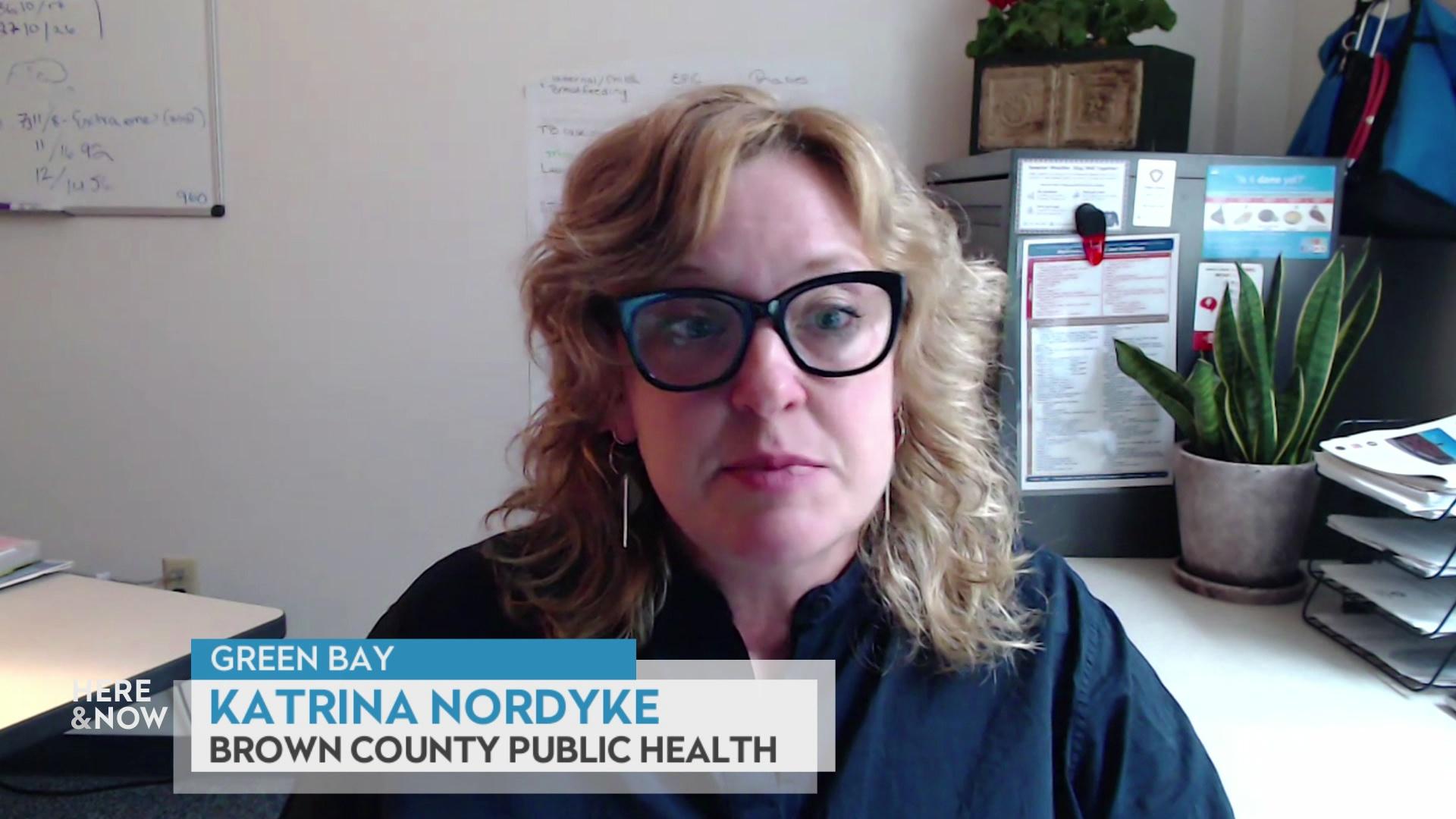
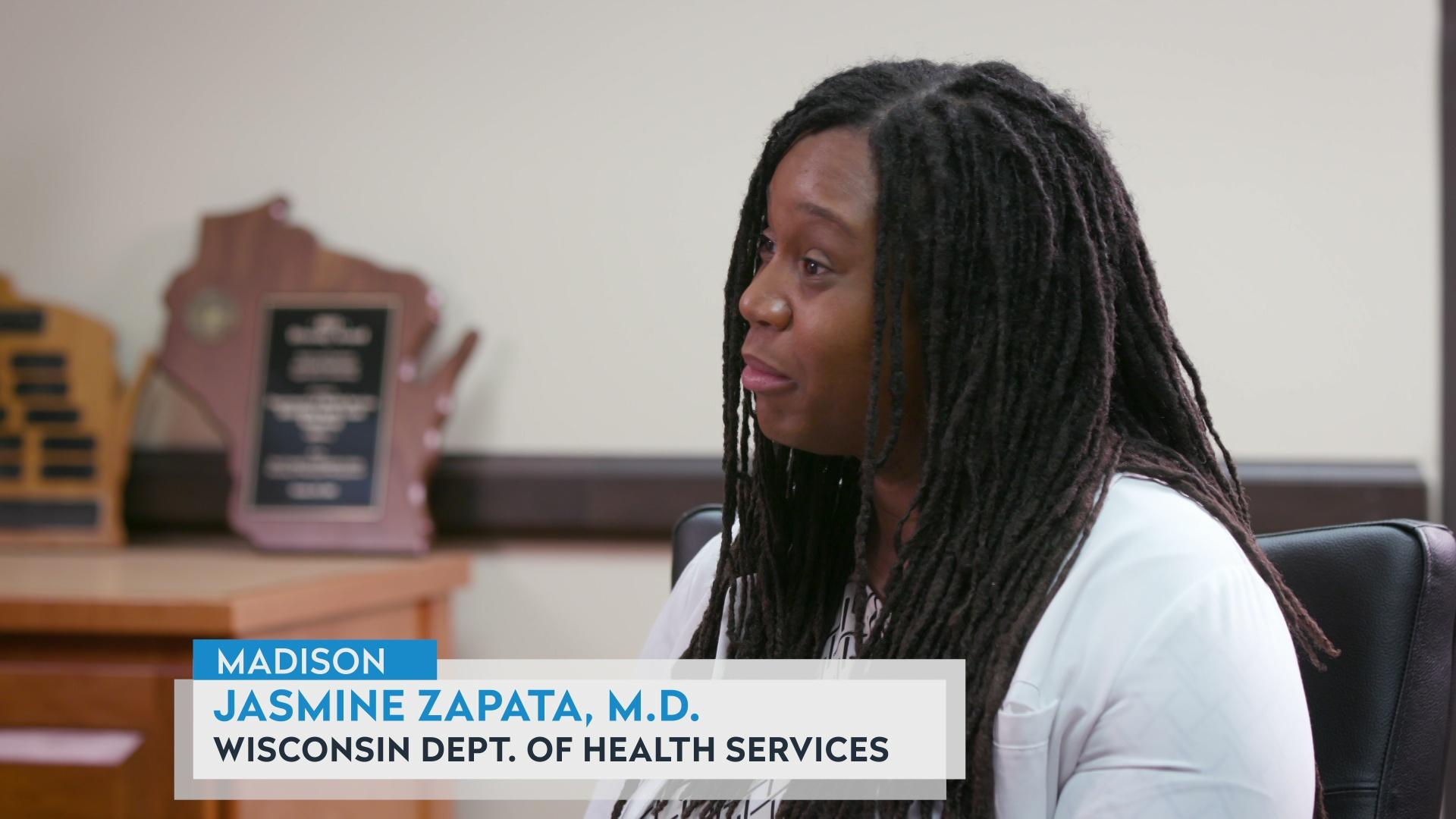


Follow Us